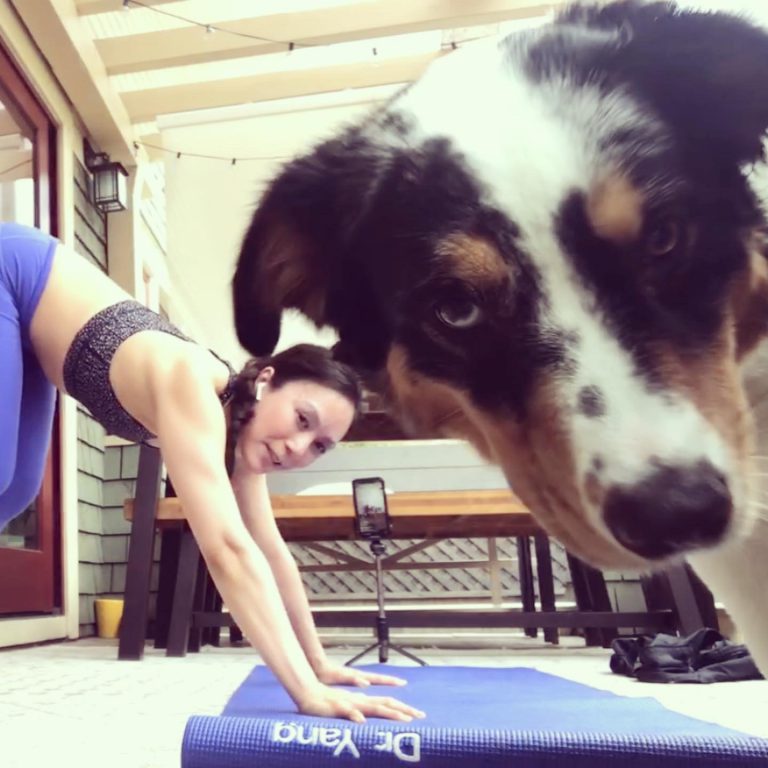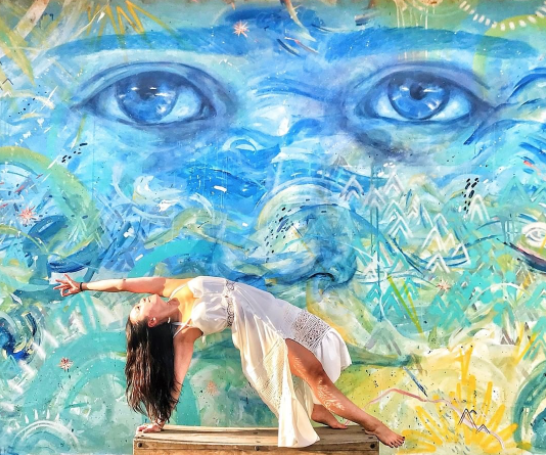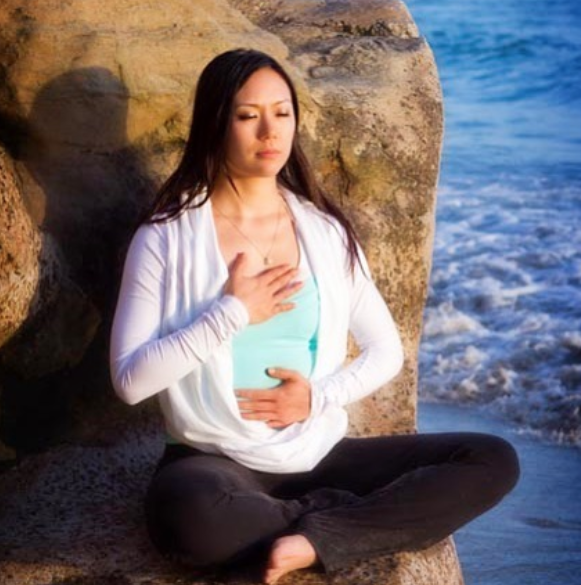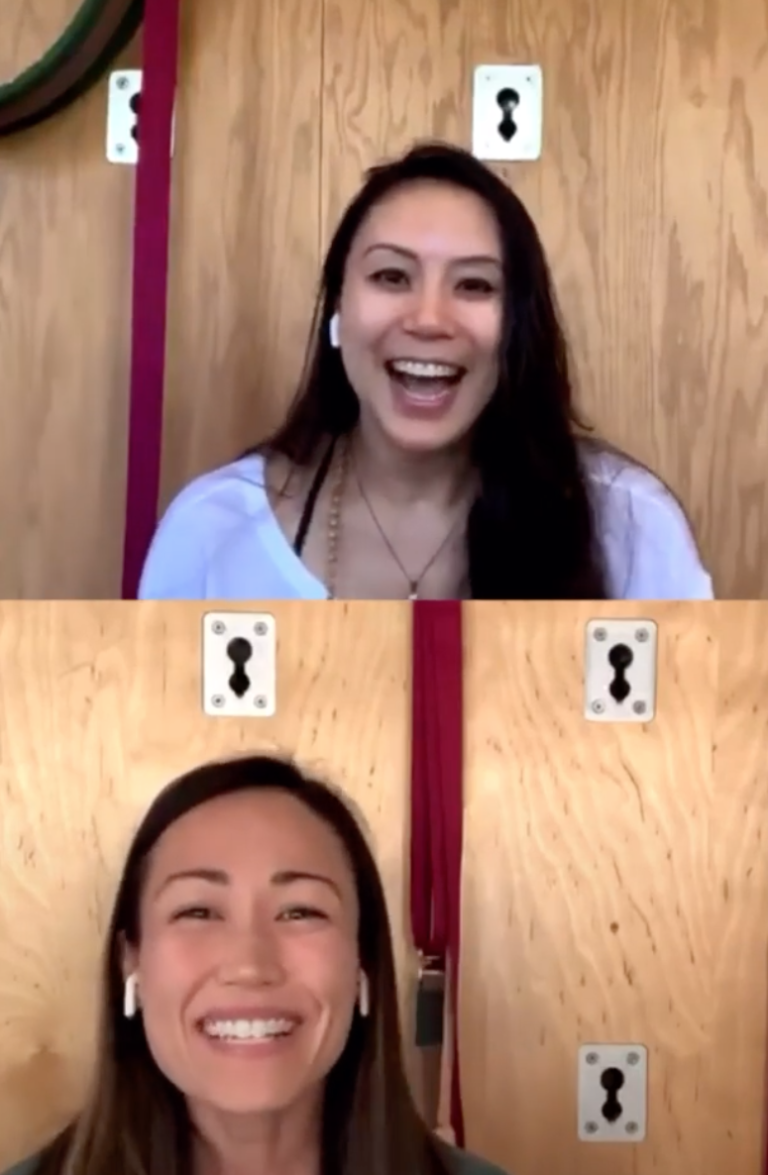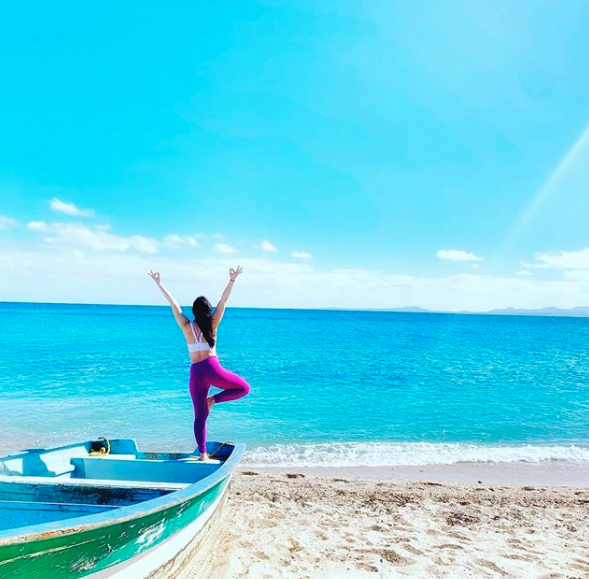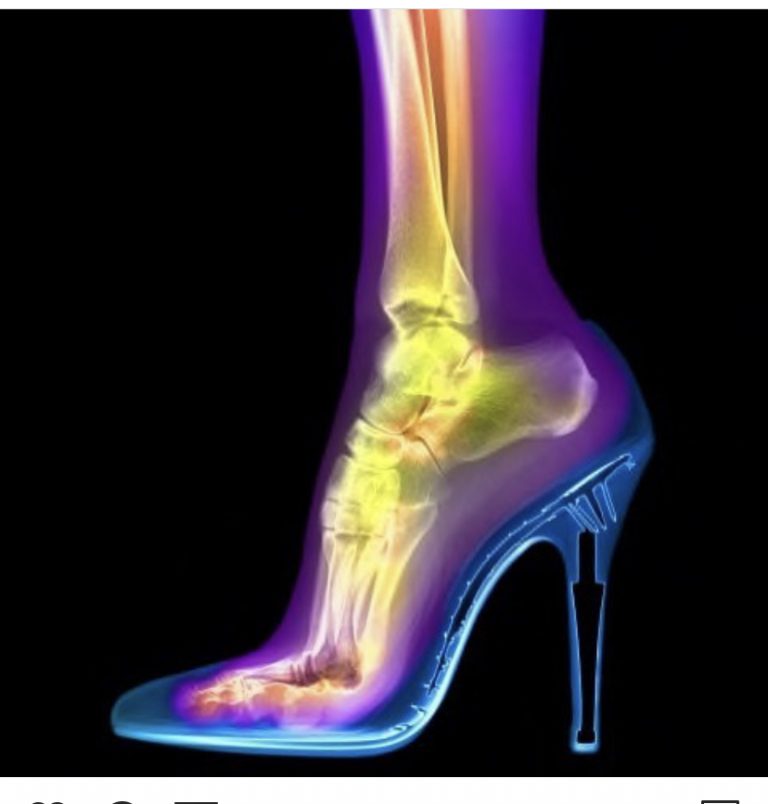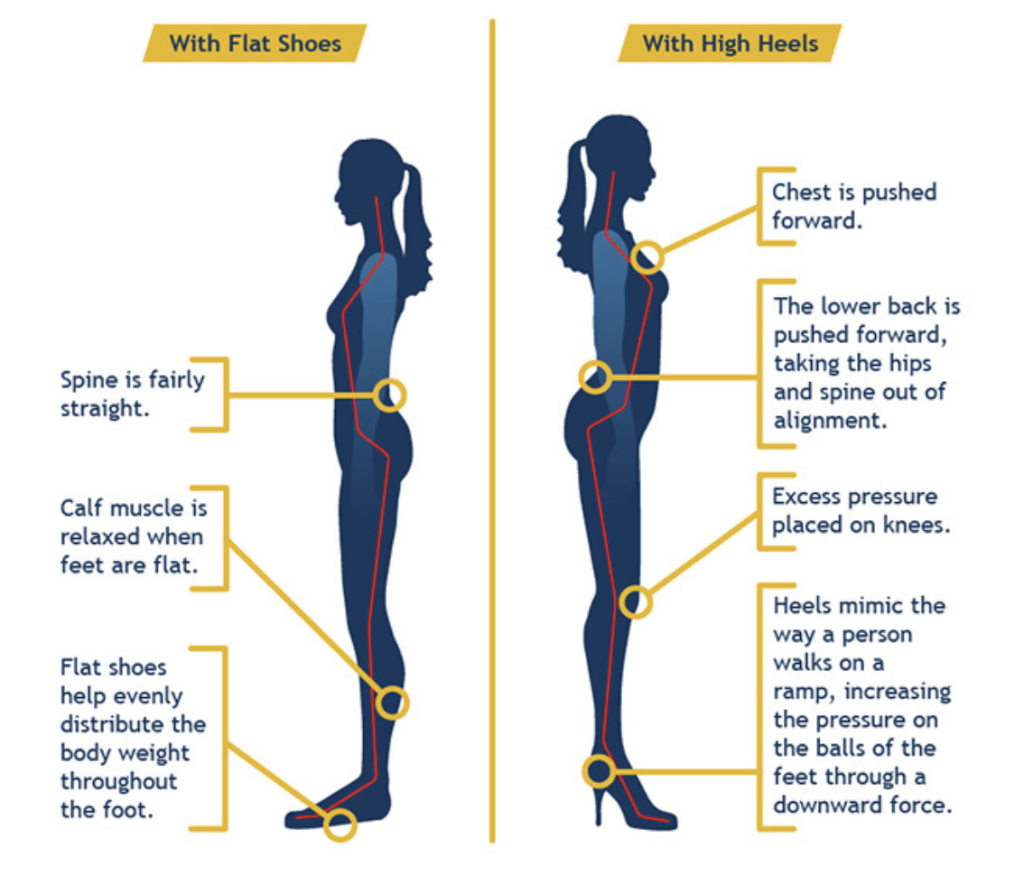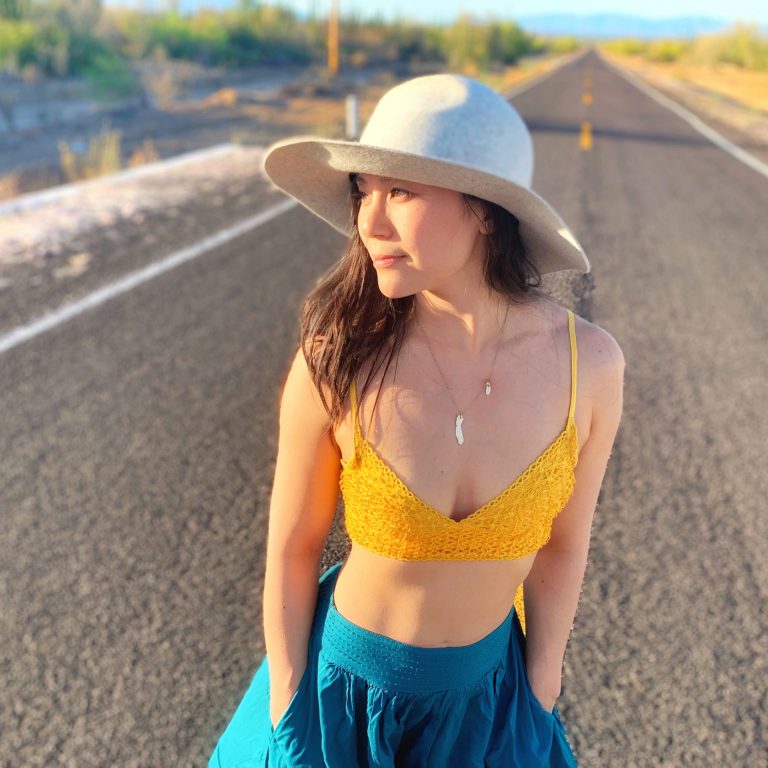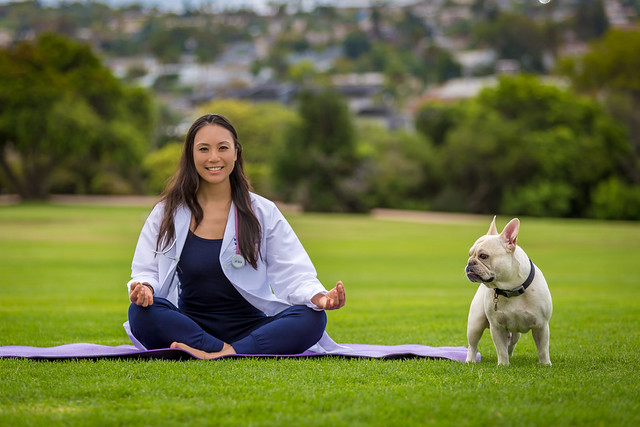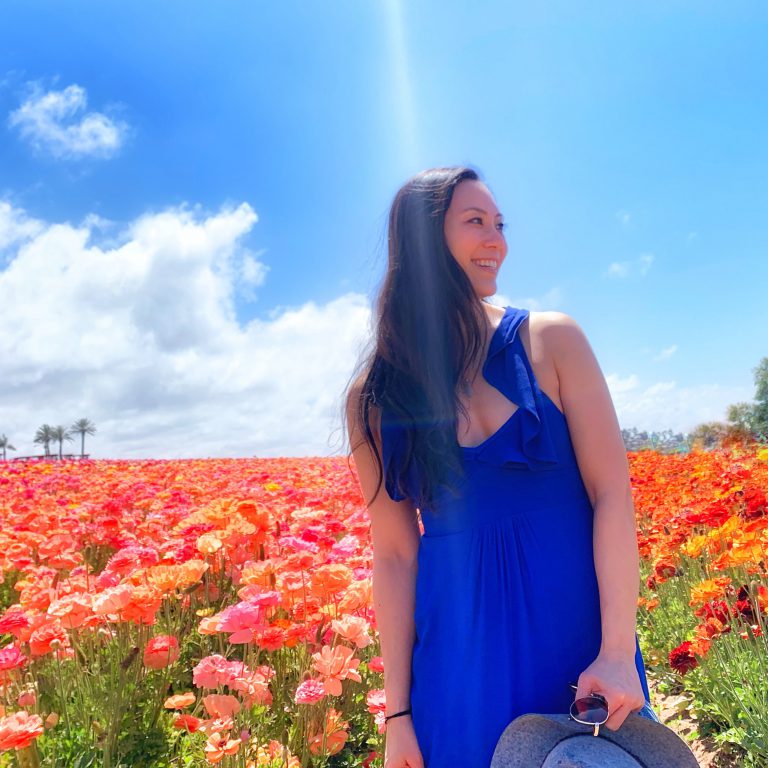I had the loveliest facetime catch up with my amazing friend Diane today. She is not just a deeply knowledgeable and heartfelt yoga teacher, but also a wise and connected human and friend. We were talking about social isolation, as many of us do today, and I jokingly posed the question to Diane: “Why am I so much less efficient now when I have so much more time, than I was before social isolation?” She laughed and answered, “Maybe you’re not less efficient, just less frantic.” And there it is. I let out a sigh of relief and realized how incredibly right she is. I am not getting any less done that I used to be. I’m still going to the hospital and taking care of sick patients. I’m still preparing for the publication of my next book. I’m still cooking, and caring for the dog, and cleaning the house, and sending out emails. But all this is done in a setting that is so much less frantic.
I’m no longer running myself ragged on my days away from the hospital – trying to see friends, go to the store, and get to a yoga class. Now I get to practice the same yoga class at home. Now, instead of rushing from event to event, or packing for trips, I am taking my time planning meals for myself and my partner, and taking the dog on long walks.
So today, instead of mourning the loss of “all the things” that kept me frantically busy, I will celebrate the freedom of a less frenetic way of being. Instead of rushing through my chores or my workouts, I will languish in the spaciousness. Instead of being frustrated that the dog interrupts my yoga session, I will giggle that she wants to be support this emotionally exhausted frontline worker and restart the posture sequence.
We’re doing all the same things – we are just less frantic. Thanks, Diane. Thanks for sharing your wisdom with me, and with all of us. Let’s all find a little more perspective and space within our less-frantic socially-isolated lives.

